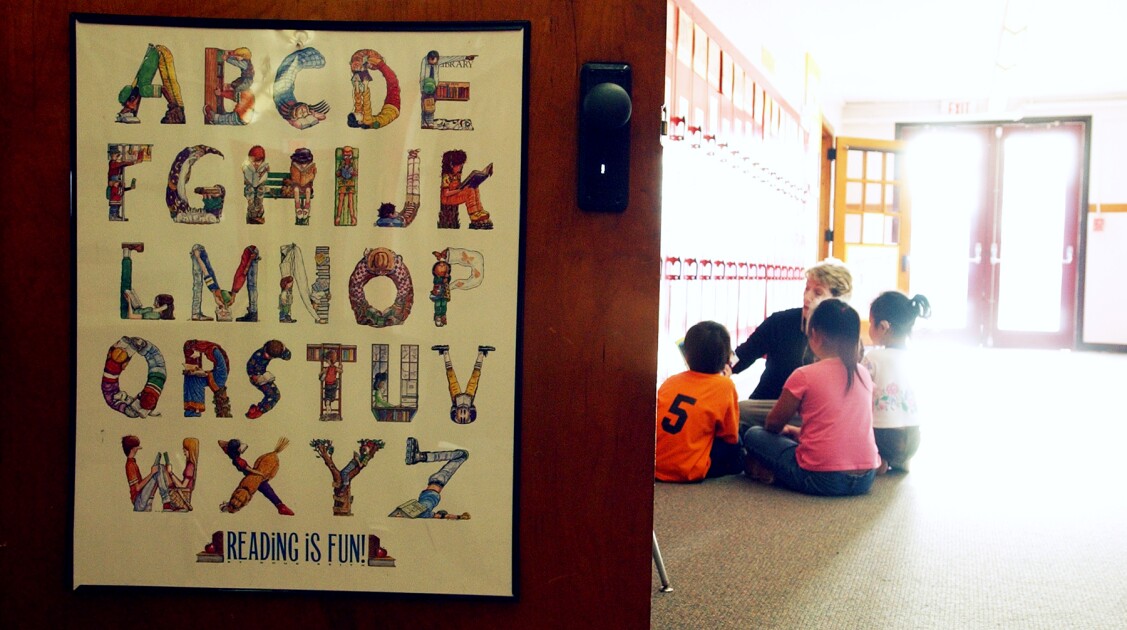Educational adequacy lawsuits have been an important fixture in school finance for almost 20 years, but that era may be drawing to an end. The last two years have seen a dramatic shift in the courts’ attitude toward such lawsuits. The high-water mark for plaintiffs came in early 2005 when, in Kansas, the courts ordered annual K-12 education appropriations increased by over $750 million. Since then, however, the courts have decided adequacy cases in 15 other states. Only in New Hampshire have the plaintiffs had significant success, albeit only in an interim decision requiring the legislature to define adequacy.
— Lucinda Levine

In Oklahoma, Indiana, Nebraska, Colorado, Oregon, and Kentucky, the courts ruled that the amount of K-12 education funding is a political question for the legislature, and not the courts, to decide. In Arizona, the courts concluded that the state had no liability for achievement disparities it had not caused. In Texas and Massachusetts, the high courts reversed initial trial-court adequacy decisions in favor of plaintiffs and upheld the adequacy of school funding in each of those states. In Missouri, a trial-court ruling that not more than 25 percent of the “state revenue” is constitutionally required to be spent on education is likely to end the case, at least at the trial-court level. In four other states, the cases were not entirely dismissed, but the relief granted plaintiffs was relatively minor. In South Carolina, the trial court approved only a claim related to early-childhood programs, rejecting plaintiffs’ claims that other education “inputs” were inadequate. In a recent trial in the Wyoming case, the court backed away from prior higher-court rulings that the state fund the “best” education in rejecting most of the plaintiffs’ claims. In Alaska, the trial court held that school funding was adequate, ruling only that more state oversight of some districts was needed, hardly the result plaintiff school districts could have wanted.
Perhaps the biggest disappointment for plaintiffs came in New York, where the appellate courts scaled back previous orders requiring a $5.6 billion annual increase in operating aid to New York City’s public schools to $1.9 billion, the minimal amount proposed by the state itself. (“Aid Award Cut in Suit Over N.Y.C.,” Nov. 29, 2006.) Ironically, after the threat of litigation had ended, the plaintiffs were finally able to realize their monetary goals through the political processes they had continuously criticized in court.
With the possible exception of Massachusetts, none of these decisions was based on evidence of significant improvements in achievement or extraordinary increases in expenditures that had obviated the need for judicial intervention. What then has caused the courts’ increasing reluctance to intervene in matters of school finance?
1. Schools alone cannot fix the problem. Courts are beginning to realize that schools alone are not responsible for much of what plagues American education. It is instructive that in both Massachusetts and Texas, the courts’ focus was not on whether students were meeting high academic standards; large numbers clearly were not in either state. Rather, the judges were more interested in whether the education systems were working to improve student achievement. This is an important change in the way courts have approached these cases. Rather than concentrating on absolute achievement levels, which could be attributable to many causes beyond the schools, they have begun to examine outcome measures, such as gains in test scores, over which schools should be expected to have more influence.
2. Increased spending is not the answer. Prior to 2005, most courts took it for granted that insufficient funding was the primary problem, and that increased appropriations were therefore the appropriate remedy. Extensive research concerning the lack of a relationship between spending and achievement was routinely rejected by court after court. That is no longer the case. When the Texas court expressed the opinion that “more money does not guarantee better schools or more educated students,” The Wall Street Journal accurately proclaimed that “[t]his is the first time anywhere in the country that the judiciary has flatly rejected the core doctrine of the education establishment that more dollars equal better classroom performance.”
Courts are beginning to realize that schools alone are not responsible for much of what plagues American education.
3. Costing-out studies are losing their credibility. Pre-2005, a number of courts (in Kansas, New York, and Arkansas, for example) relied on “costing-out” studies to order huge increases in education spending, influenced by the promise that these studies could reliably determine what an “adequate” education should cost. However, there has been increasing criticism of such studies by scholars, and judges have begun to lose faith in the easy answers they purport to provide to complex questions. Even the pro-plaintiff trial court in Massachusetts rejected them, describing the plaintiffs’ professional-judgment study as an educator’s “wish list.” This same skepticism was apparent in Texas, where the court disregarded the results of two cost studies, one by the state itself, purporting to show that a substantial funding increase was necessary.
4. Court remedies have not been effective. The track record of remedies in adequacy cases is not an impressive one, and judges may be having second thoughts about whether court interventions have helped in solving complex problems of education policy and finance. One can search the literature in vain for any peer-reviewed or other credible studies showing that such remedies have resulted in significantly improved student achievement in those states in which they have been implemented. Indeed, some of the spending remedies have become the subject of criticism among large segments of the public, such as the more than 30 years of litigation, scandal, and failure in New Jersey. That sentiment was clearly on the Nebraska Supreme Court’s mind when it recently dismissed an adequacy suit with these words: “The landscape is littered with courts that have been bogged down in the legal quicksand of continuous litigation and challenges to their states’ school funding systems. Unlike those courts, we refuse to wade into that Stygian swamp.”
5. Court intervention has gone too far. Some courts have undoubtedly concluded that judicial intervention has simply gotten out of hand. Rather than ensuring that constitutional minimums were being met, the courts in some states were themselves making education policy decisions in violation of the separation-of-powers doctrine. The Texas court implicitly recognized this trend when it opened its opinion by stating that “we must decide only whether public education is achieving the general diffusion of knowledge the constitution requires” and not whether it is “achieving all it should.” These larger questions, it held, involved “political and policy considerations properly directed to the legislature.” Likewise, in New York, the court’s latest decision is filled with statements regarding the deference the courts owe to the legislative branches.
Two years do not ordinarily a trend make, and it is perhaps too early to predict the final demise of adequacy lawsuits. After more than 30 years, for example, the New Jersey case shows no indication of ending, despite that state’s record spending levels. Nevertheless, for potential plaintiffs considering the filing of such a lawsuit, the results of recent years cannot be encouraging.







